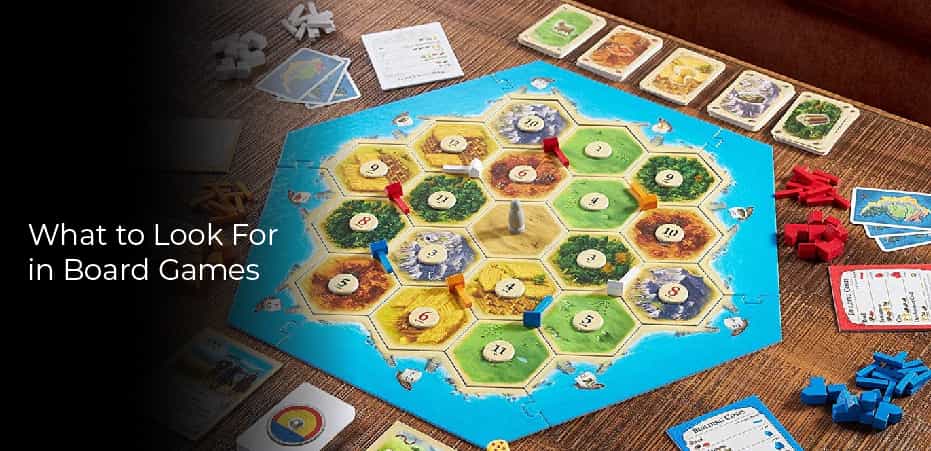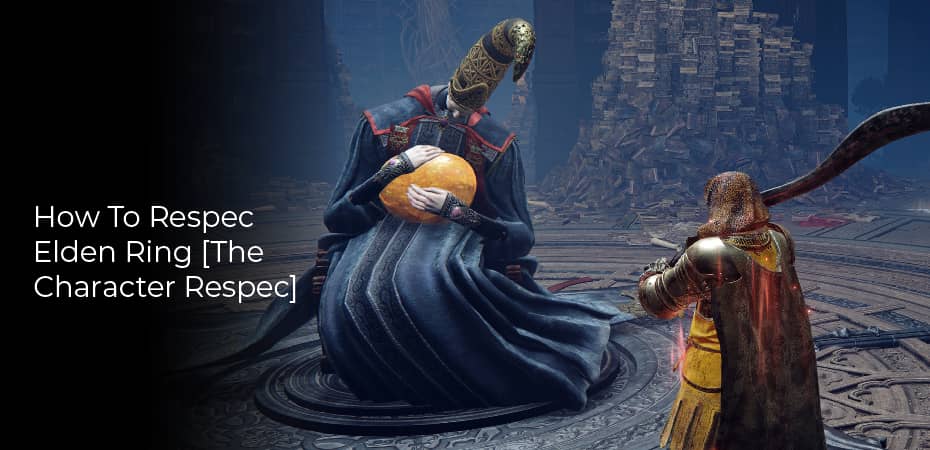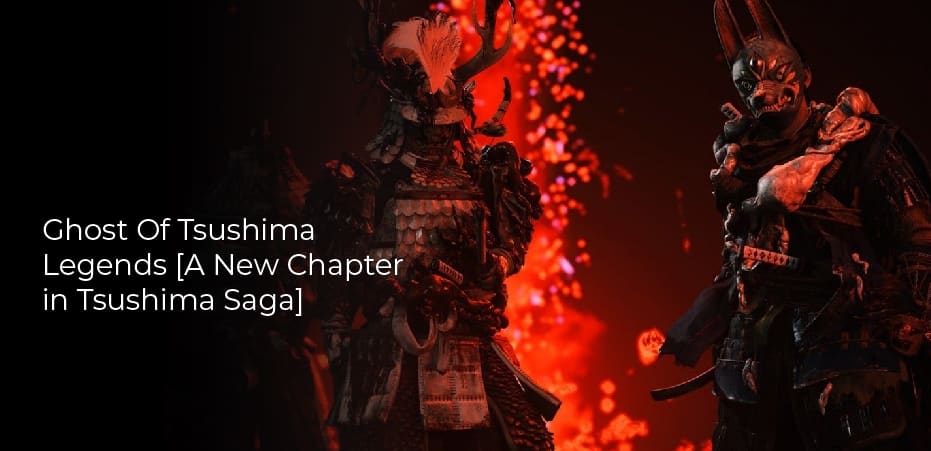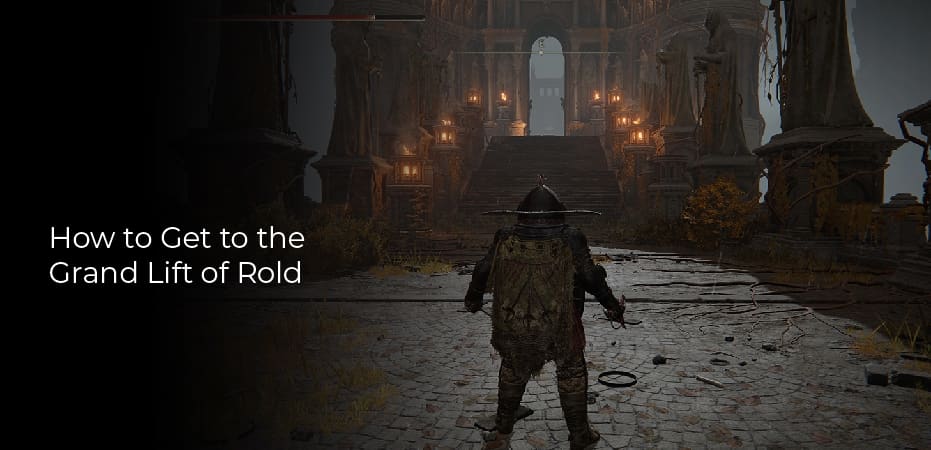Whether you have a family with a love of games or you want to play something with friends, board games can be fun. However, you have to be aware of what to look for in games and make sure that you don’t overpay for them and get a game like the strike a pose game
Monopoly
Among the most popular board games of all time is Monopoly. The game is played by a small group of players, who buy and develop properties. Their goal is to drive opponents into bankruptcy.
The game uses dice to move around the board. Each player rolls a six-sided die. The roll determines which squares on the board are most important. Some are jail spaces, while others require the player to collect money.
Monopoly is not only fun to play, but also teaches players important skills. The game is a great way to learn about investing, cash handling, and math.
The game also teaches players how to deal with other players. Monopoly players often trade property for each other. This can help players develop properties, or purchase improvements for their properties.
Settlers of Catan
Designed by Klaus Teuber, Settlers of Catan is a strategy game for three to four players. Players build roads to trade resources and settlements with each other. They earn two points for each city and one point for each settlement.
The game is played on a hexagonal board. The board is made up of 19 hexagonal tiles, each representing a different land type. The board is randomly positioned at the start of each game. A player’s turn begins with rolling two dice. The roll determines how many settlements will be created. A player’s dice roll also determines the number of roads that will be built.
Jenga
Whether you have played Jenga or not, you probably have heard of it. This is a game that is popular with children and adults alike. It is a fun game that requires ingenuity and patience.
The game comes in a box that contains a tower, 54 wooden blocks, a loading tray, a booklet with rules, and a sleeve to help you build the tower. The goal is to build a tower as high as possible, without causing it to collapse. The tower can be tall or small.
The tower can stand alone or be supported by blocks. Players move bars up the tower one at a time, taking turns. The tower will collapse when a block is removed from a level lower than the one that was placed on top.
Blokus
Developed in the early 2000s by Sekkoia, Blokus is a strategy board game based on spatial visualization. The game is played by two to four players and requires players to place Blokus pieces on a hexagonal board. The object of the game is to gain the most points by occupying the majority of the board with pieces of your own colour.
Each player starts with the same set of 21 Blokus tiles. Each piece has a unique form and a specific colour. There are five types of Blokus pieces. Each player starts with two of each type.
To play Blokus, players take turns placing pieces on the board. Pieces of the same colour cannot touch other pieces in any other way. In addition, each piece is arranged corner to corner. The game ends when no more pieces can be placed.
Sequence
Designed by Doug Reuter, Sequence is a board game that requires players to form a connected series of five identical colored marker chips. The game combines features of tic-tac-toe, bingo and standard playing card games.
The game starts with a dealer who shuffles a deck of cards for each player. Each player chooses one or two cards. These cards are discarded and reshuffled to create a new draw deck.
Players then take turns placing their chips on the game board. The first player to create a row of five chips will win.
There are several different versions of this game. The rules vary, but each version requires a corresponding number of cards and marker chips.
Mastermind
Developed by Israeli telecommunications expert Mordecai Meirowitz, Mastermind is a popular board game that has been sold around the world. The game requires deductive reasoning skills and is a good way to teach kids the importance of logical thinking and a little bit of luck.
To win, the code breaker must break the code in the smallest number of guesses. He or she will get bonus points for doing so early in the game.
The game is also fun to play as a family. One player tries to figure out the code while the other tries to guess it. Fortunately, this isn’t too hard to do with a bit of strategy.





